Home Restoration in Chicago, Norridge, Park Ridge, IL, Evanston, and Nearby Cities
A Emergency Services & Restoration provides home restoration services in Chicago, Norridge, Park Ridge, IL, Evanston, Chicago, Arlington Heights and surrounding areas.
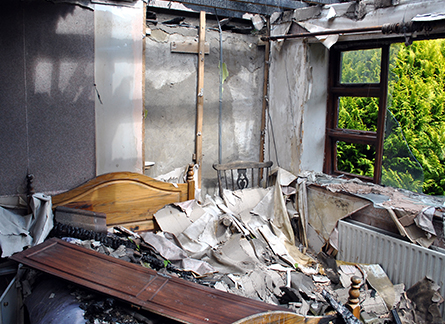 These are five reasons why seeking professional help for home restoration is often the best choice:
These are five reasons why seeking professional help for home restoration is often the best choice:
- Expertise and Experience: Professional restoration specialists bring years of experience and expertise to the table. They understand the nuances of different restoration projects, from water damage to fire restoration, and know the most effective techniques to mitigate damage and restore your home to its pre-loss condition.
- Advanced Equipment and Techniques: Professional restoration companies invest in state-of-the-art equipment and employ advanced techniques that may not be accessible to the average homeowner. Whether it’s specialized drying equipment for water damage or advanced cleaning methods for smoke and soot removal, professionals have the tools to get the job done efficiently and effectively.
- Thorough Assessment and Planning: Before beginning any restoration project, professionals conduct a thorough assessment of the damage and develop a comprehensive restoration plan tailored to your specific needs. This ensures that all aspects of the restoration process are addressed, minimizing the risk of future issues and ensuring a successful outcome.
- Time and Efficiency: Professional restoration teams work quickly and efficiently to restore your home, minimizing downtime and disruption to your life. They understand the importance of restoring your property promptly, particularly in cases of water or fire damage where delays can lead to further damage and increased restoration costs.
- Insurance Assistance: Dealing with insurance companies can be a complex and time-consuming process, especially in the aftermath of a disaster. Professional restoration companies have experience working with insurance companies and can help navigate the claims process, ensuring that you receive the compensation you deserve for your restoration project.
In conclusion, while it may be tempting to tackle home restoration projects on your own, seeking professional help offers numerous advantages. From their expertise and experience to their advanced equipment and efficient processes, professional restoration companies can ensure that your home is restored quickly and effectively, minimizing damage and disruption to your life. Additionally, their assistance with insurance claims can help streamline the process and ensure that you receive fair compensation for your restoration project. Kindly call us without hesitation.


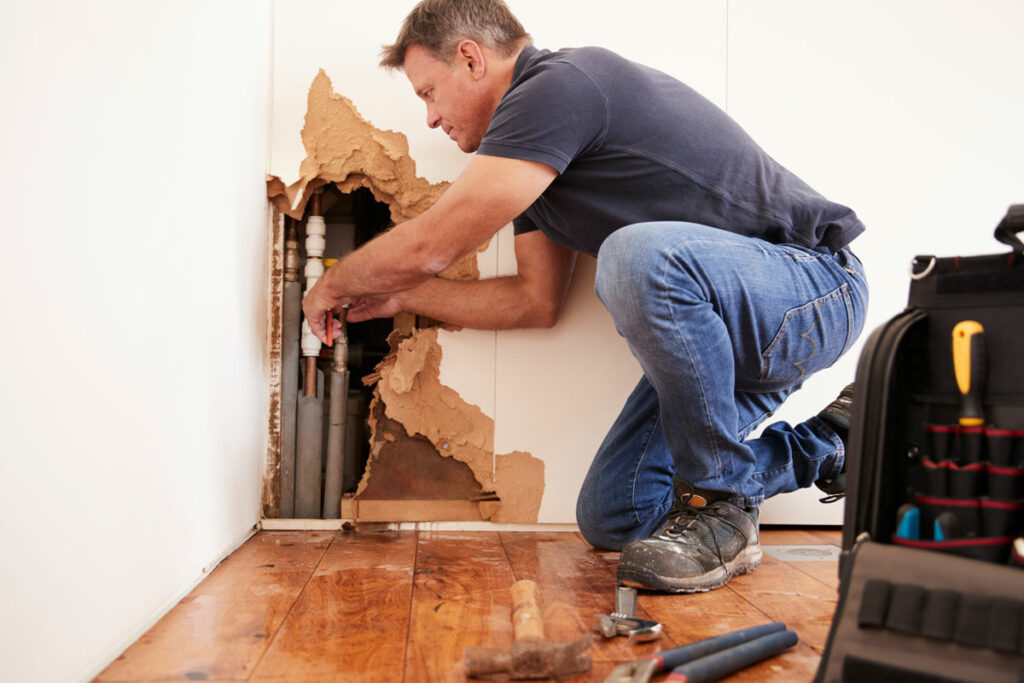 Water removal service refers to the professional assistance provided to extract excess water from residential or commercial properties. This service is crucial in situations where water intrusion occurs due to various reasons such as floods, burst pipes, sewer backups, or storms. This is how water removal service can save you:
Water removal service refers to the professional assistance provided to extract excess water from residential or commercial properties. This service is crucial in situations where water intrusion occurs due to various reasons such as floods, burst pipes, sewer backups, or storms. This is how water removal service can save you: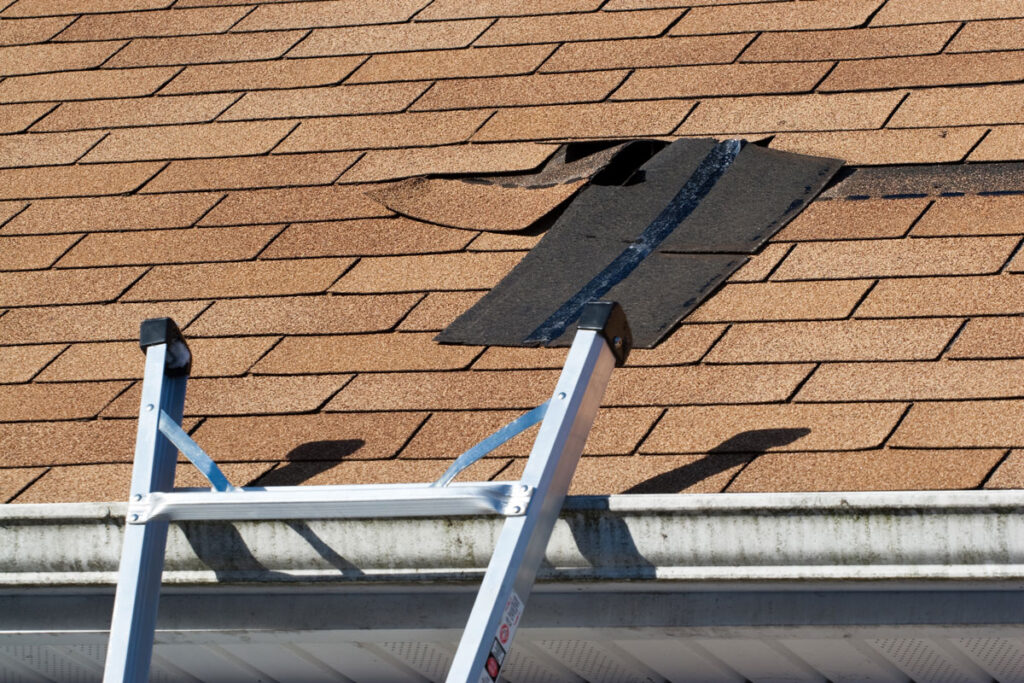 These are five signs that indicate you may need to replace your
These are five signs that indicate you may need to replace your 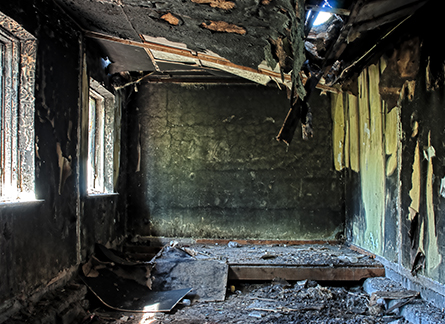 The sooner fire damage restoration begins, the better the chances of salvaging and restoring affected items and structures. The initial 24-48 hours are critical for mitigating further damage caused by soot, smoke, and water used to extinguish the fire. Prompt action can prevent secondary damage and mold growth.
The sooner fire damage restoration begins, the better the chances of salvaging and restoring affected items and structures. The initial 24-48 hours are critical for mitigating further damage caused by soot, smoke, and water used to extinguish the fire. Prompt action can prevent secondary damage and mold growth.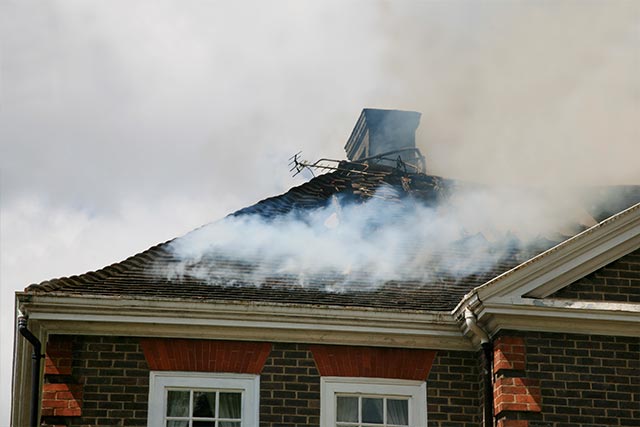 If you notice a lingering smoke odor in your property despite your best efforts to clean, it’s a sign that the smoke particles have penetrated surfaces and materials. Professionals have the necessary equipment and expertise to eliminate stubborn odors through advanced cleaning techniques and deodorization methods.
If you notice a lingering smoke odor in your property despite your best efforts to clean, it’s a sign that the smoke particles have penetrated surfaces and materials. Professionals have the necessary equipment and expertise to eliminate stubborn odors through advanced cleaning techniques and deodorization methods. Consider the company’s experience in providing board-up and emergency services. An experienced company is likely to handle various situations effectively.
Consider the company’s experience in providing board-up and emergency services. An experienced company is likely to handle various situations effectively.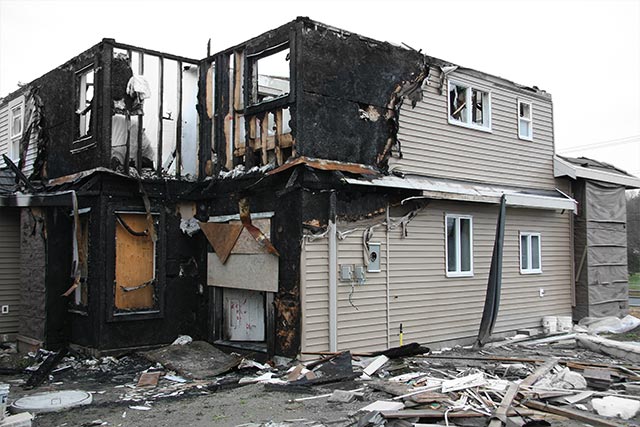 Ensure that the fire damage cleanup provider is properly licensed, insured, and certified. Check for credentials from industry organizations, such as the Institute of Inspection, Cleaning and Restoration Certification (IICRC). Licensing and certification indicate that the company has the necessary training and expertise to handle fire damage restoration.
Ensure that the fire damage cleanup provider is properly licensed, insured, and certified. Check for credentials from industry organizations, such as the Institute of Inspection, Cleaning and Restoration Certification (IICRC). Licensing and certification indicate that the company has the necessary training and expertise to handle fire damage restoration.
